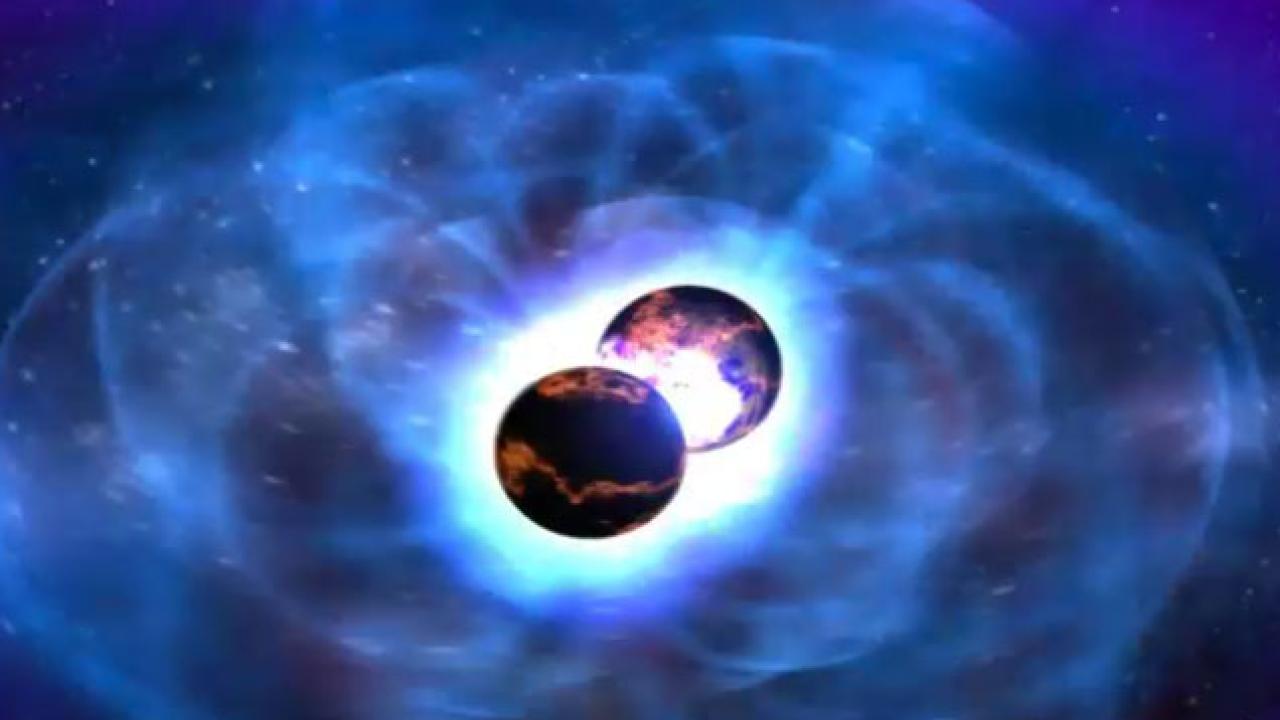
Gravitational waves carry information on the motions of objects in the universe. First predicted a century ago by Albert Einstein in his general theory of relativity, gravitational waves had not been directly detected—until now.
The Laser Interferometer Gravitational-Wave Observatory (LIGO) Scientific Collaboration announced today that it has detected gravitational waves, a discovery that opens new avenues of exploration into the history and structure of our universe.
Gravitational waves are produced by massive accelerating objects in the universe such as neutron stars or black holes orbiting each other. Einstein predicted that their actions would produce waves of distorted space that travel through the universe at the speed of light. According to Einstein, these waves carry information with them about their origins.
Today’s announcement by LIGO means that we now have the capability to intercept those waves and study the clues they contain about our universe. The LIGO data will also be able to tell us more about the nature of gravity. “One thing you can do with the LIGO signals is study possible modifications of gravity, to check whether the signal is compatible with the predictions of General Relativity or not,” says ICTP cosmologist Paolo Creminelli, adding that the waves could also be used as tools to explore how black holes are formed or the features of neutron stars.
The LIGO achievement represents the work of more than a thousand scientists from 83 research organizations and universities around the world. ICTP’s partner institute in Brazil, the South American Institute for Fundamental Research (ICTP-SAIFR), is one of them.
For the past two and a half years, ICTP-SAIFR has supported a research group that collaborates with LIGO, in particular with the subgroup analysing compact binary coalescence data, information produced when two objects--such as black holes--form a compact orbit around each other and eventually merge.
“Coalescing binaries represent one of the most promising sources for a first direct detection of gravitational waves, and their repeated detections could yield new information on astrophysics, fundamental gravity and cosmology,” says ICTP-SAIFR physicist Riccardo Sturani, the principal investigator for the LIGO collaboration.
Sturani explains that the ICTP-SAIFR LIGO group’s research comprises three activities:
- data analysis for gravitational signals from coalescing binaries
- theoretical modelling of the 2-body motion in gravity theories
- analytical modelling of gravitational waves from coalescing binaries
“Our group is developing and including in the data analysis pipeline the most accurate waveform models, in order to maximize the detection probability and the physics outcome of an eventual detection,” Sturani says.
Related links:
ICTP Director Fernando Quevedo interviewed by BBC World News about the 100th anniversary of the Theory of Relativity
















